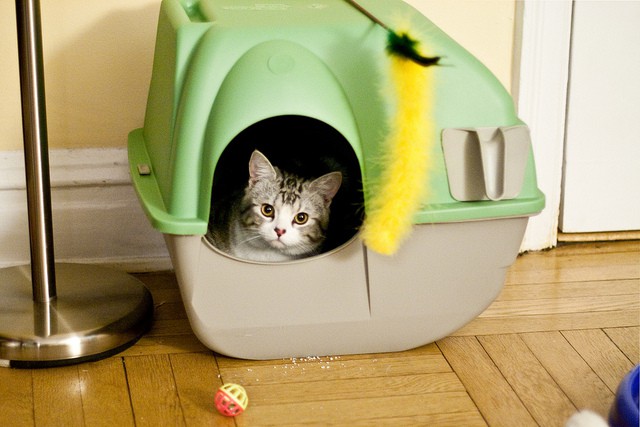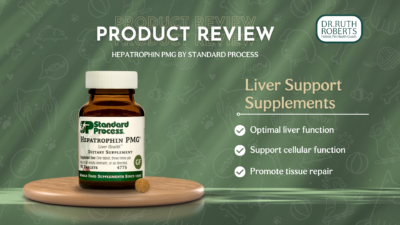
Photo credit: Thom Thai
Kidney failure in cats is the forbearer to a broken heart, and that goes for not only you, but your cat as well. When you feline comrade doesn’t feel energetic and playful, she’ll look to you for support. And without the right guidance, you won’t know what to do.
Not to worry, because you’re about to learn how to spot kidney failure before it takes hold.
Signs of cat kidney problems sometimes begin at the litter box. While litter box troubles are more likely related to urinary tract infections, blockages may lead to kidney diseases in cats if left untreated.
If he has trouble eliminating waste through urine, it might be sign of kidney or renal failure or it could be a sign of a less severe urinary tract problem. Regardless, there are steps you can take to prevent discomfort in both feline kidney disease and urinary problems.
When you take action to manage kidney health with supplements for cats and other important dietary changes, you’ll extend your friend’s years and ensure that he feels great.
First, where do you look for signs?
Signs of renal failure in cats can be spotted at the litter box—especially if your cat has had a long history of having trouble urinating. Search for the following litter box behavior to figure out whether or not your cat needs help:
- Your cat’s urine doesn’t flow in a steady stream, but dribbles out.
- Your cat can’t make it to the litter box in time.
- Your cat looks like she’s in pain when she relieves herself.
- Your cat urinates outside of the litter box, despite how clean it is.
- Your cat relieves himself of soft materials, such as blankets and pillows.
If your cat experiences any of these symptoms, you can help your cat bypass renal failure and give them a more quality, comfortable life.
The answer: change your cat’s diet. Take the following steps to slow kidney infection and relieve your friend’s discomfort.

Photo credit: KEMP
Increase water intake.
Kidney infections in cats result in extreme dehydration, as the kidneys are unable to hold water for prolonged periods of time. Ensure that your cat has consistent access to water, so that the lost fluid is replenished.
Increase proper protein intake.

Cats need protein to survive, and that’s doubly true for cats who suffer from kidney problems. Store-bought cat food is normally grain-based, which doesn’t provide your furry friend with proper protein. The solution is to make your own cat food.
Not sure how? Get instant access to an easy cat food recipe that improves kidney function.
Increase supplements for cats.
While there’s no substitute for a healthy diet, it never hurts to introduce supplements into your kidney health management plan. Look for supplements that include Omega 3 fatty acids and antioxidants that reduce inflammation and soothe symptoms.
Increase your knowledge.
When it comes to taking care of your loved one, knowledge is your first line of defense. But you don’t have to go to veterinary school like I did to manage your pet’s health through proper diet.
Get access to a recipe that improves kidney function and helps your cat feel like her old self.















